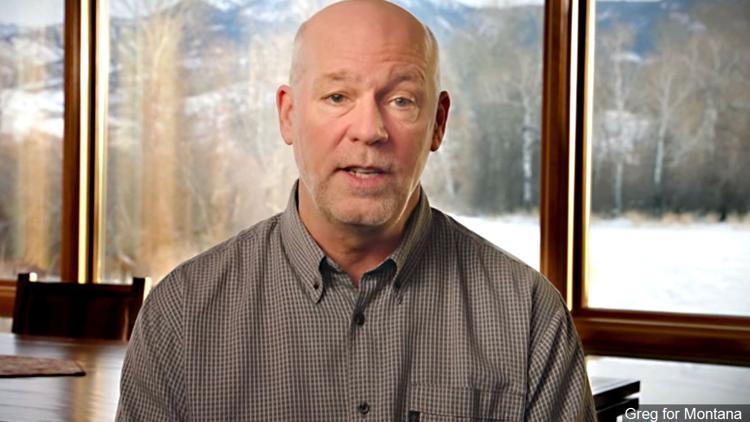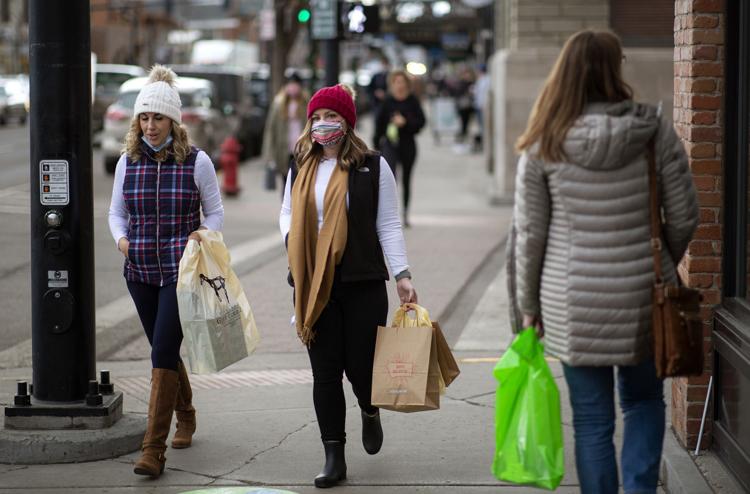BOZEMAN, Mont. – A reboot to how Bozeman includes residents in the decision-making process is sorely needed, city commissioners said Tuesday.
The commission discussed Tuesday a draft initiative that will give a framework to the city’s public outreach efforts and is intended to help build consistent public engagement processes, reduce barriers to participation and create a common understanding between the city and residents, Bozeman neighborhoods coordinator Dani Hess said during the meeting. Bozeman has not had a formal community engagement plan.
Mayor Cyndy Andrus said it’s time to focus on how to better involve the public in the city’s business.
“In all my years on the commission I think this is something we have always talked about doing better, in terms of community engagement, but we’ve never really had a plan to figure out how to do that,” Andrus said.
The draft — which will come back to the commission in the spring — recommends the city create a team that will help craft a community engagement plan for specific city initiatives or planning processes.
City manager Jeff Mihelich said plans will be tailored to each initiative. The draft also lays out different levels of engagement and includes examples of what that may look like, such as focus groups, surveys, brainstorming meetings and open houses.
All the commissioners said they support the draft and its goals, but Commissioner Michael Wallner — who made improving engagement part of his campaign last year — said he would like to see the title of the initiative changed to focus on “collaborative government” rather than just community engagement.
Pointing out that the people who come to city meetings for public comment tend to be older and homeowners, Deputy Mayor Terry Cunningham questioned how the city will ensure they reach a representative group of city residents.
Mihelich said different generations interact with government in different ways. Baby boomers are more likely to come to traditional, evening meetings to give public comment out of a sense of obligation, Mihelich said, while Gen X-ers may only chime in quickly when they feel they can get something done and millennials may only get involved when they feel something is authentic and they can make a difference.
The city will have to use technology and other tools to reach a wide range of people, Mihelich said, but also would benefit from asking citizens how they want to connect.
“When groups are feeling disenfranchised and when they’re feeling they’re not being included, the best thing to do is actually go to that group and ask them, how would you like to be engaged how would you like to share your input?” Mihelich said.
Hess said besides building internal capacity for the engagement efforts, next steps will include looking at how to track the demographics of people who participate in public events or outreach efforts.
Clearly communicating with residents what the issue at hand is and getting an idea of what their actual concerns are, besides just a general negative or positive opinion about a project, is key, Mihelich said.
“It’s really about taking the focus away from those positions, yes or no, support or oppose, and moving the focus to the interests at hand … and then even broader thinking about the values that sort of underlay those interests and those positions,” Hess said.












